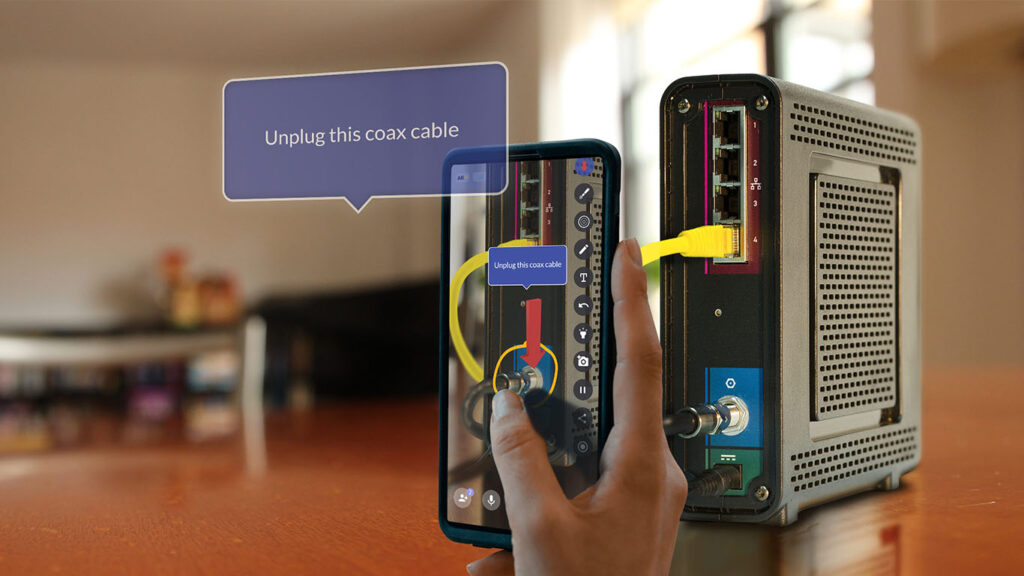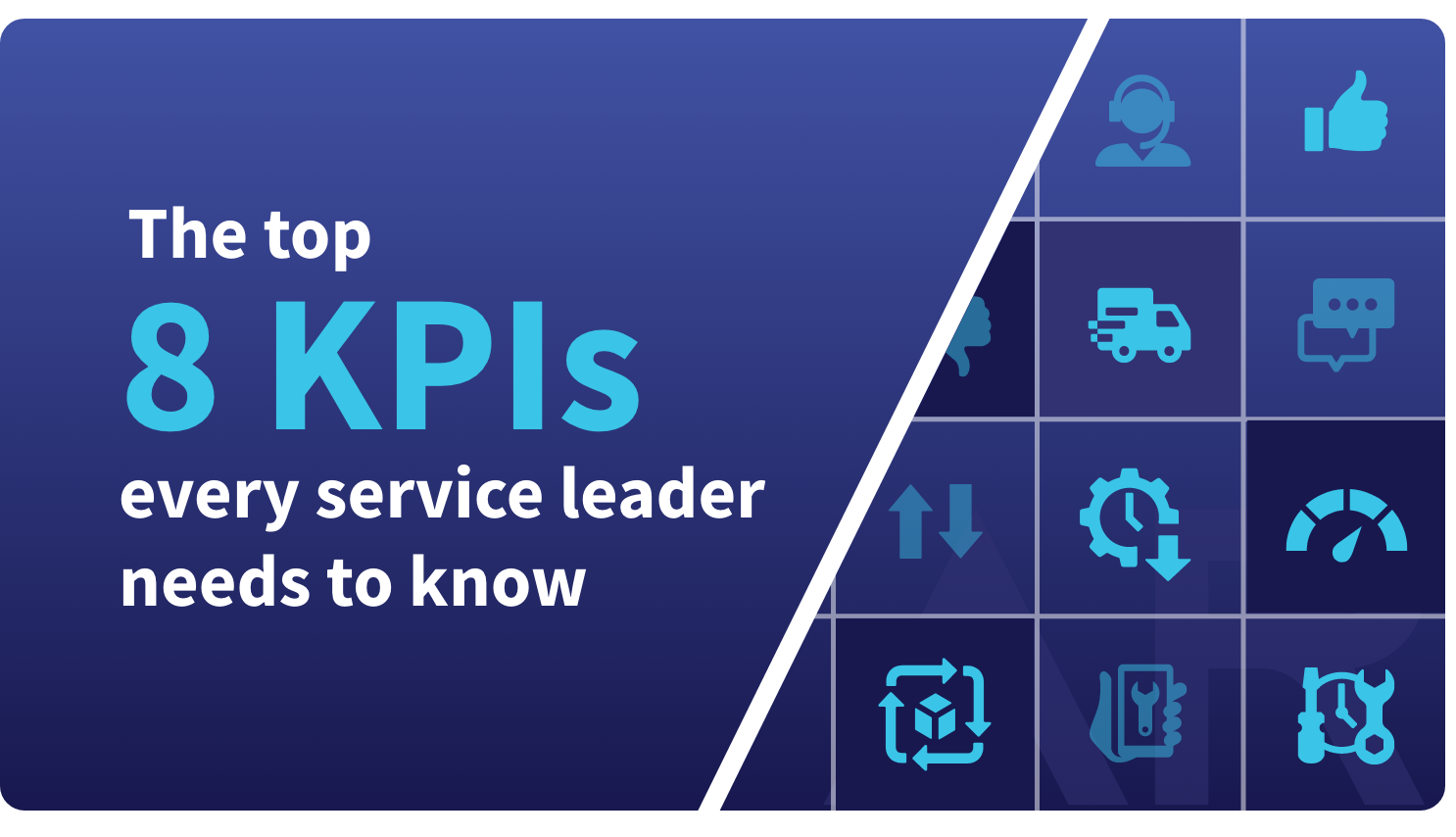Service leaders play a crucial role in the success of any organization. Their ability to effectively manage teams, deliver exceptional customer experiences, and drive operational efficiency is paramount. To measure the performance of service leaders and their teams, organizations often rely on a set of Key Performance Indicators (KPIs). These metrics provide valuable insights into team effectiveness, customer satisfaction, and overall business health.
The Importance of KPIs in Measuring Service Leadership
KPIs serve as a quantitative measure of success, allowing organizations to assess the performance of service leaders and their teams against established goals. By tracking relevant KPIs, leaders can identify areas for improvement, make data-driven decisions, and demonstrate the value of their contributions to the business.
A well-chosen set of KPIs can provide a comprehensive view of a service team’s performance, including:
- Customer satisfaction: Metrics such as customer satisfaction scores, net promoter scores, and first-contact resolution rates measure the quality of customer interactions.
- Operational efficiency: KPIs like average handling time, call abandonment rates, and first-time fix rates assess the team’s efficiency in delivering services.
- Team productivity: Metrics such as agent utilization rates and employee turnover rates evaluate the team’s productivity and engagement.
- Financial performance: KPIs related to revenue generation, cost savings, and return on investment (ROI) measure the team’s contribution to the bottom line.
The Impact of Small Improvements in KPIs
Even small improvements in KPIs can have a significant impact on the business. For example, a slight increase in customer satisfaction can lead to increased customer loyalty, repeat business, and positive word-of-mouth referrals. Similarly, a reduction in average handling time can improve agent productivity and reduce operational costs.
The Challenge of Driving KPI Improvements
While the benefits of improving KPIs are clear, driving significant improvements can be challenging. It often requires a combination of strategic planning, resource allocation, and cultural change. Service leaders must be committed to continuous improvement and willing to embrace new approaches and technologies.
Remote Visual Assistance: A Powerful Tool for Driving Improvement

One effective strategy for driving KPI improvements is to leverage Augmented Reality (AR) enabled Visual Remote Assistance. AR technology can enhance team collaboration, knowledge sharing, and problem-solving capabilities, leading to significant improvements in performance.
The Role of Visual Remote Assistance in Improving Team Performance
Remote Visual Assistance can be used to:
- Increase collaboration: By enabling real-time communication, visual assistance can foster stronger collaboration between team members and experts.
- Accelerate knowledge transfer: Visual assistance can facilitate the rapid transfer of knowledge and best practices, ensuring that team members have the information they need to succeed.
- Improve problem-solving: Visual assistance can provide visual context and guidance, helping teams identify and resolve issues more efficiently and effectively.
- Enhance customer satisfaction: By providing faster and more accurate support, visual assistance can improve customer satisfaction and loyalty.
By incorporating remote visual assistance into their workflows, service leaders can unlock the full potential of their teams and drive significant improvements in KPIs.
Conclusion
KPIs are essential for measuring the performance of service leaders and their teams. By carefully selecting and tracking relevant KPIs, organizations can gain valuable insights into team effectiveness, customer satisfaction, and business health. While driving significant improvements in KPIs can be challenging, the use of visual guidance tools can be a powerful strategy for achieving this goal.
 For more information on the KPIs that every service leader should know, download our eBook “Top 8 KPIs Every Service Leader Should Know.” This comprehensive guide provides detailed information on key metrics, calculation methods, and best practices for driving improvement. By leveraging the insights from this eBook, service leaders can enhance their team’s performance and deliver exceptional customer experiences.
For more information on the KPIs that every service leader should know, download our eBook “Top 8 KPIs Every Service Leader Should Know.” This comprehensive guide provides detailed information on key metrics, calculation methods, and best practices for driving improvement. By leveraging the insights from this eBook, service leaders can enhance their team’s performance and deliver exceptional customer experiences.
